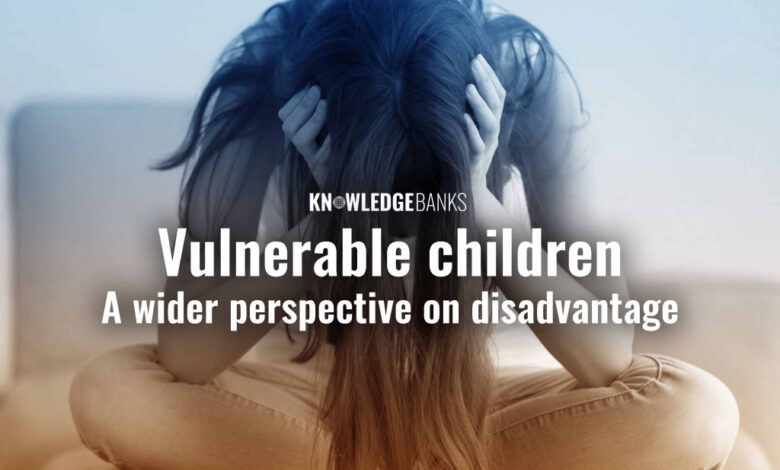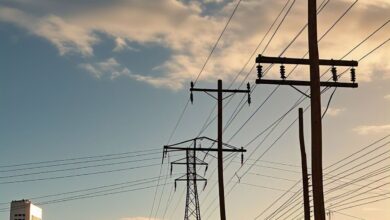Childhood vulnerability: An unfortunate outcome that needs immediate attention.

Fungai Matarise
There is no singular definition for childhood vulnerability. A myriad of factors can make a child vulnerable. Public Health England states that there is no common definition for vulnerability. However, there are risks and poor outcomes stemming from individual characteristics. These include the impact of action or inaction by other people as well as physical and social environment. The aforementioned can make a child vulnerable.
Causes of vulnerability on children
Furthermore, the OECD (2019) underlines various conditions that pose risks and create vulnerability for children’s physical, emotional and cognitive capabilities as well as development. These include factors such as age, mental and health difficulties. Also, being an immigrant or belonging to an ethnic minority, maltreatment and being in and out of home of care.
Additionally, globally, children face multiple forms of violence, abuse and exploitation. In war ridden countries such as Palestine and Israel, children have faced the worst kind of abuse and violence. Taking from the Defense for Children International (DCI), a Palestinian human rights organisation focused on child rights, from 2005, six major military offensives in Gaza have killed at least 1,000 Palestinian children.
Also, for defenceless children to die as a result of matters they barely have an understanding on is a gross violation of children’s rights. It is failing children who would have not contributed in any way to the conflict yet suffer the most. Moreover, such heinous acts inevitably make children vulnerable. They are maimed, lose their shelter, families and lack access to basic needs such as food and water.
How to curtail vulnerability
Notably, in less extreme conditions such as war, children can also be vulnerable even in their homes or schools. In that regard, the UNCRC (1989) exhorts governments to take preventive and protective measures against all forms of child maltreatment. This is while supporting parents in child rearing through institutions and facilities. Furthermore, Organisation for Economic and Community Development (OECD) and 44 non-OECD countries provide for child vulnerability. This is through legislations, policies across health, education, child protection, juvenile justice and labour.
Further, it is apparent that vulnerability amongst children is the driving force behind all forms of protection through laws and policies. Children’s rights can easily be violated if there is no accountability on whether they have access to education, health and other basic needs.
Conclusion
Finally, vulnerability is a complex matter that comes in different forms and circumstances. Children can be seen as inherently vulnerable because of their age. Also, the hardships that children face both in the private and public sphere result in childhood vulnerability, an ever-growing problem. Therefore, concerted effort from different stakeholders to promote and uphold children’s rights and improve the lives of children will see no children being left behind in child protection and welfare programs.





